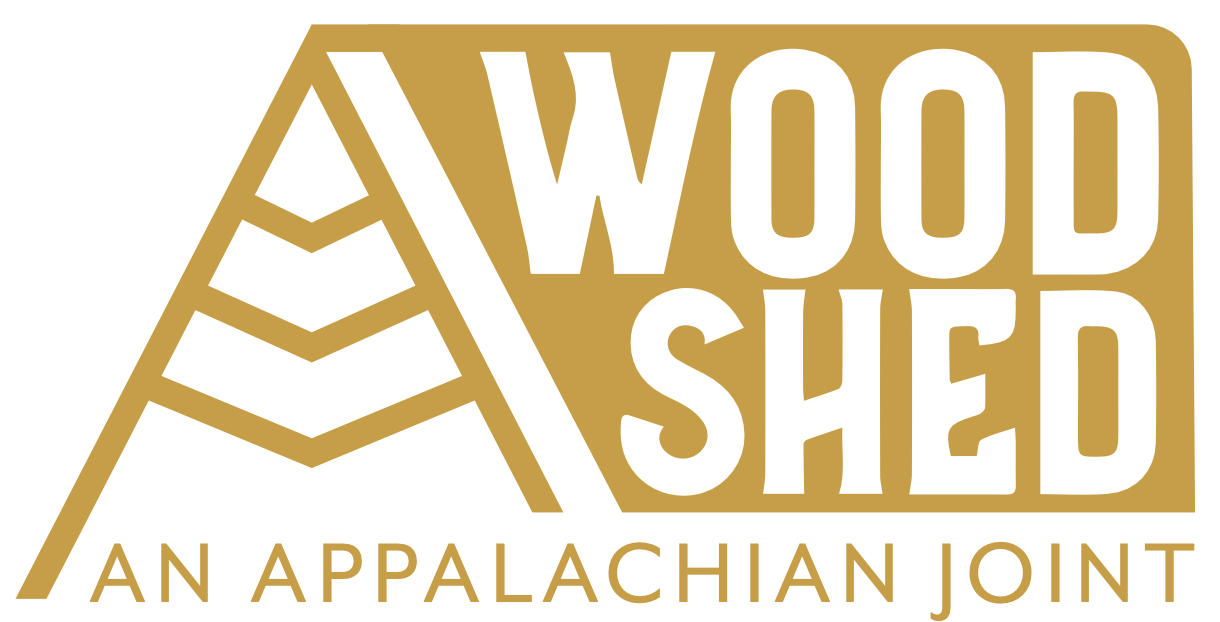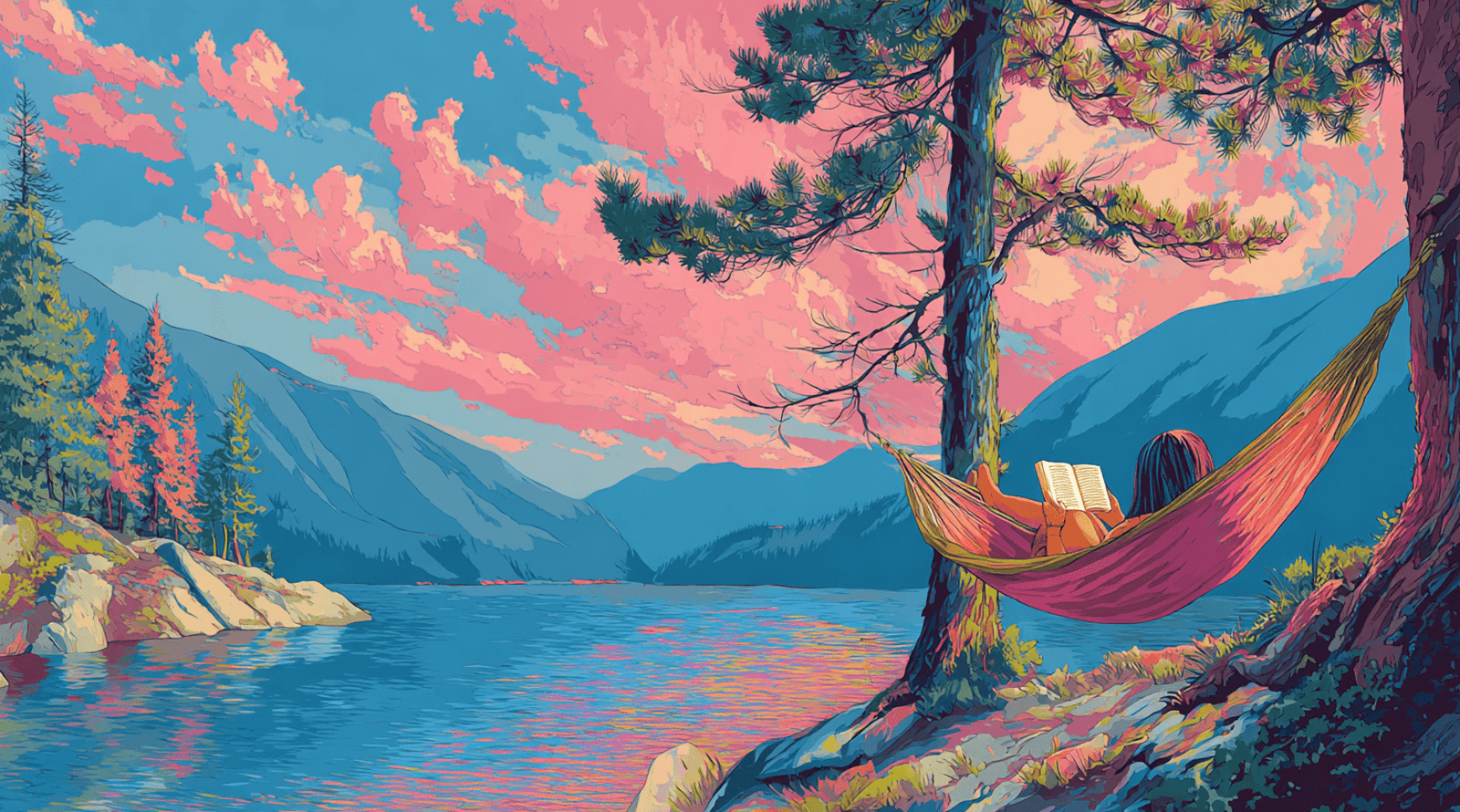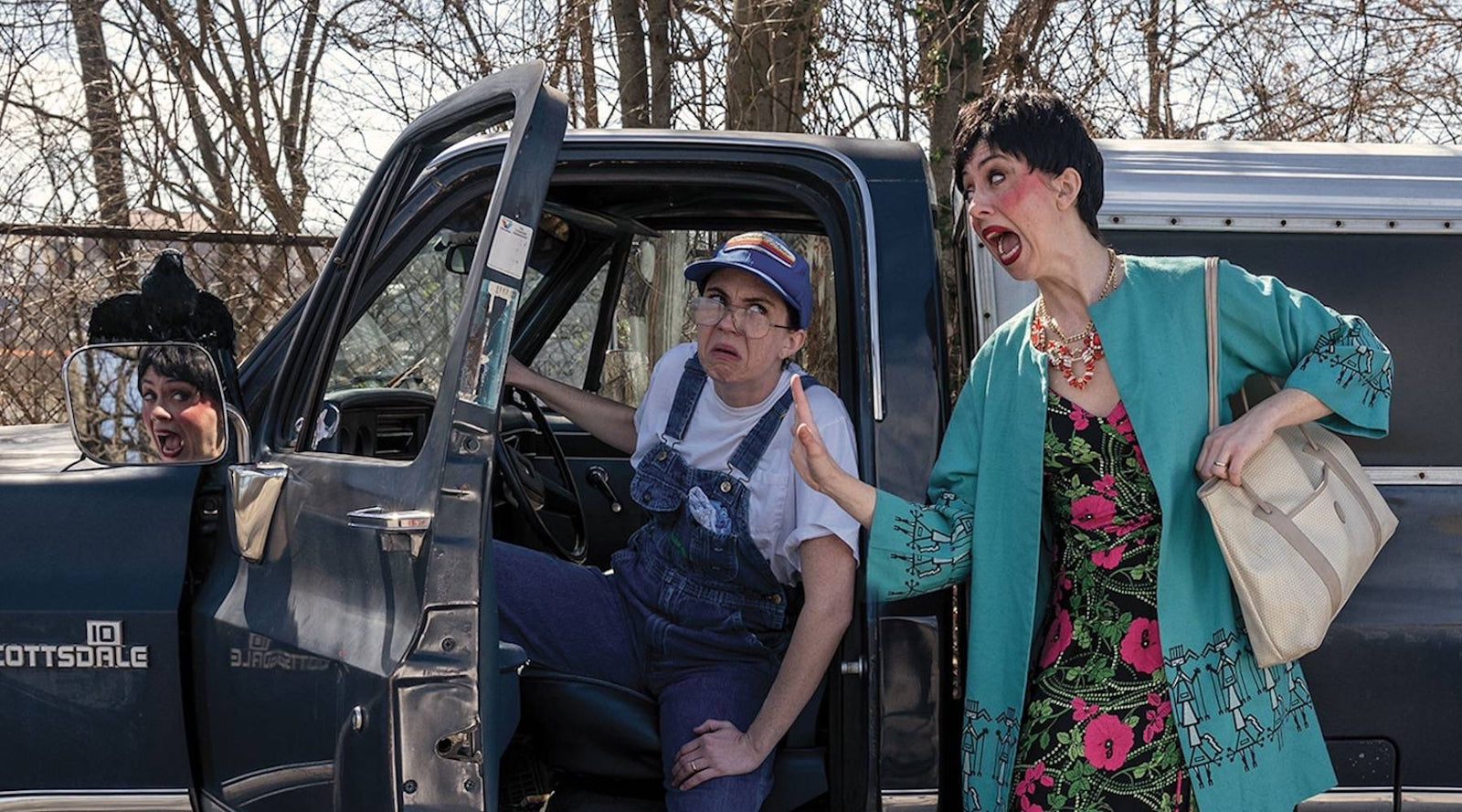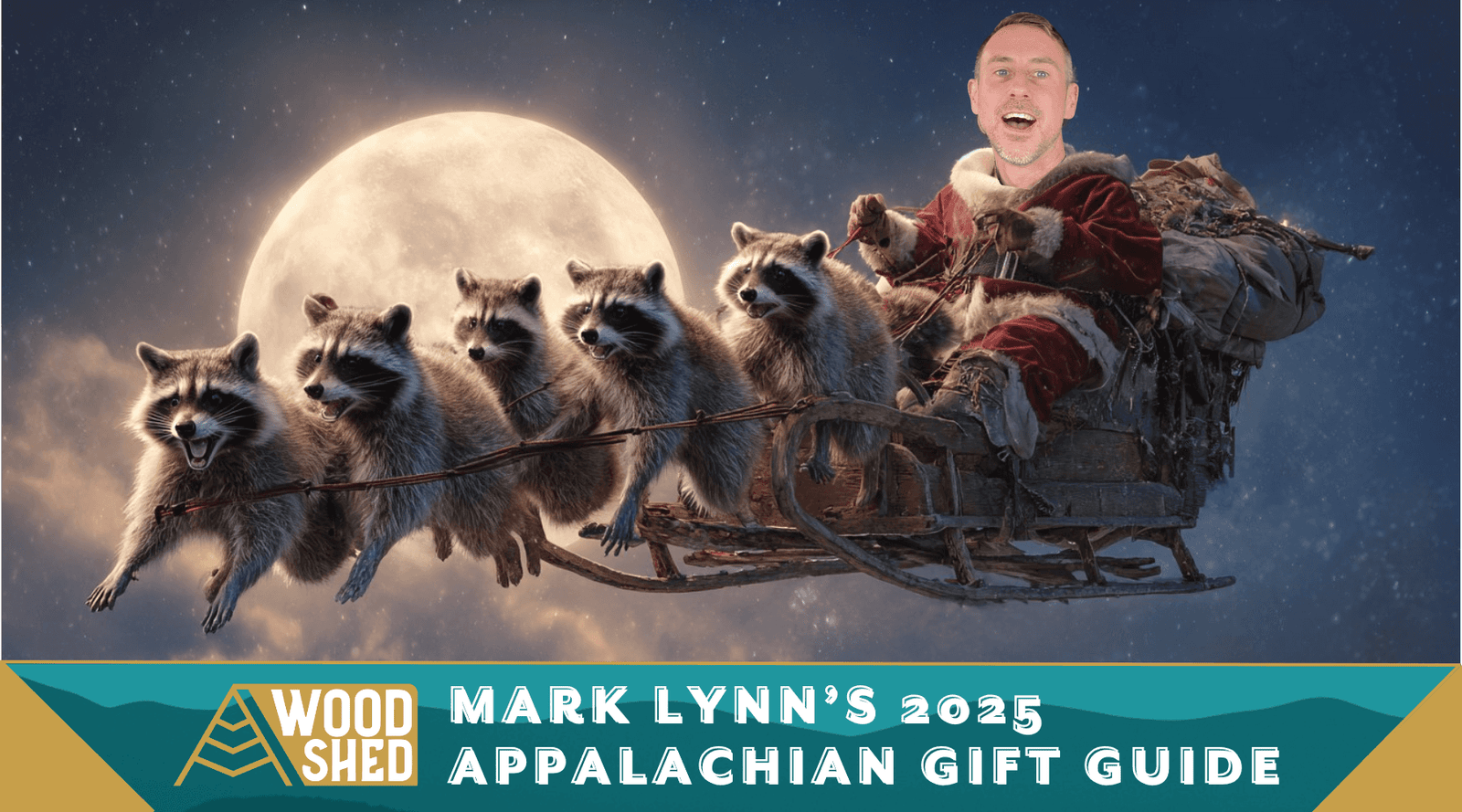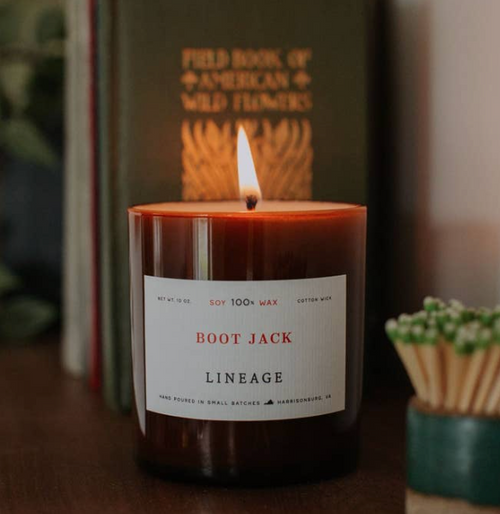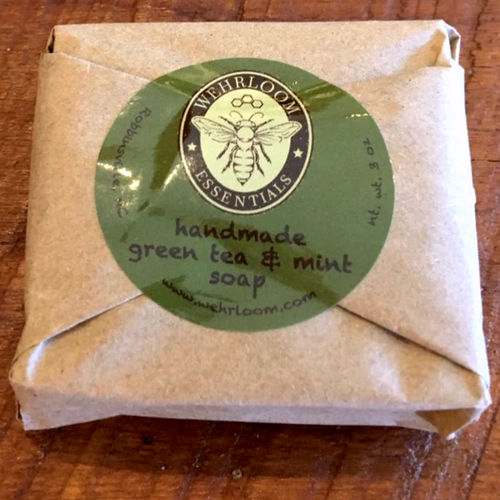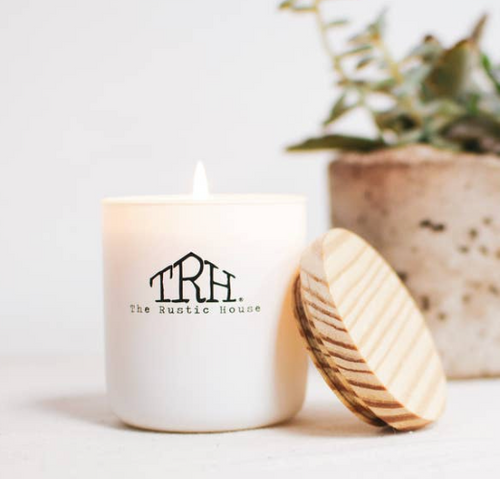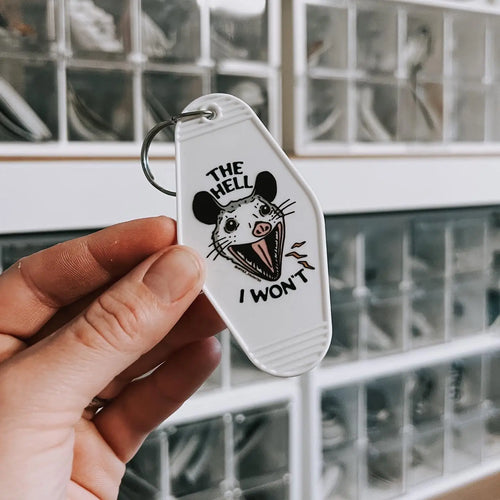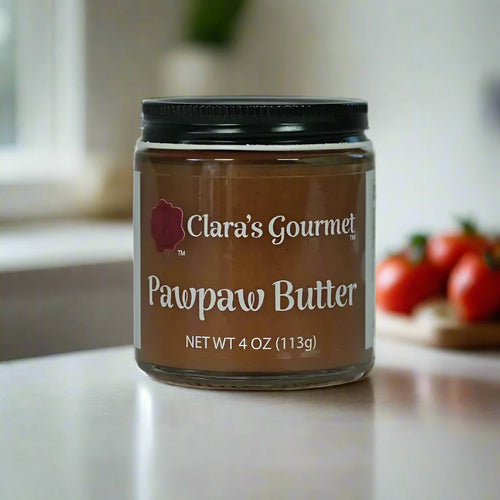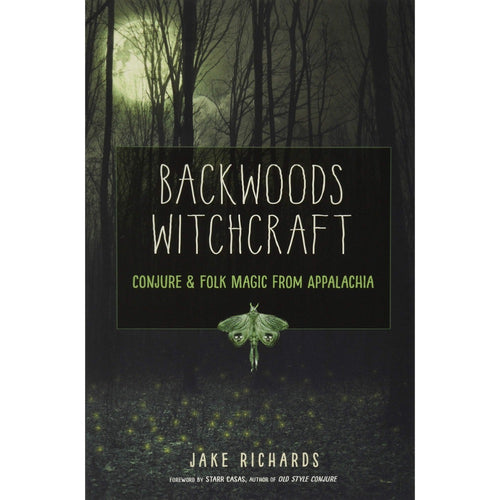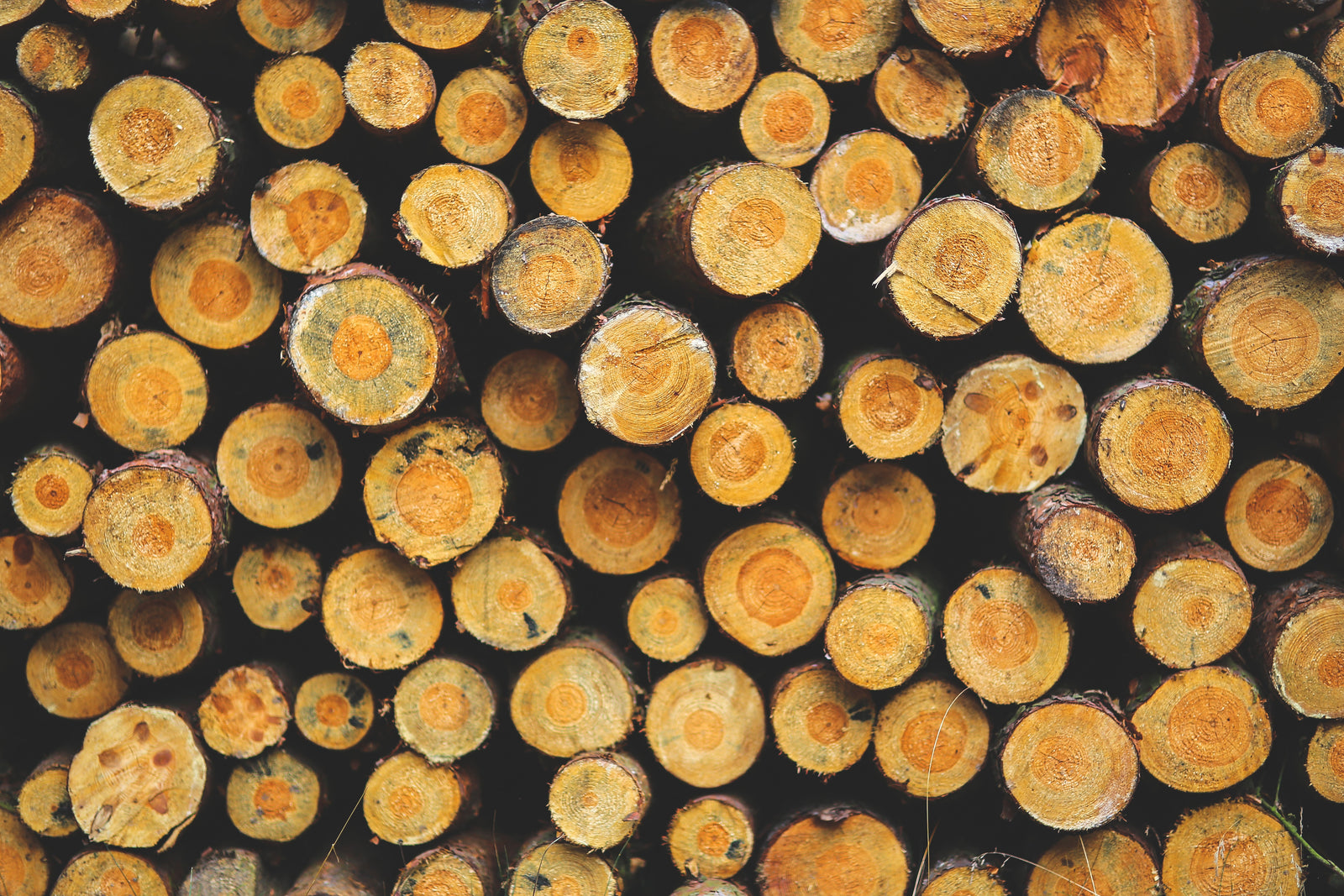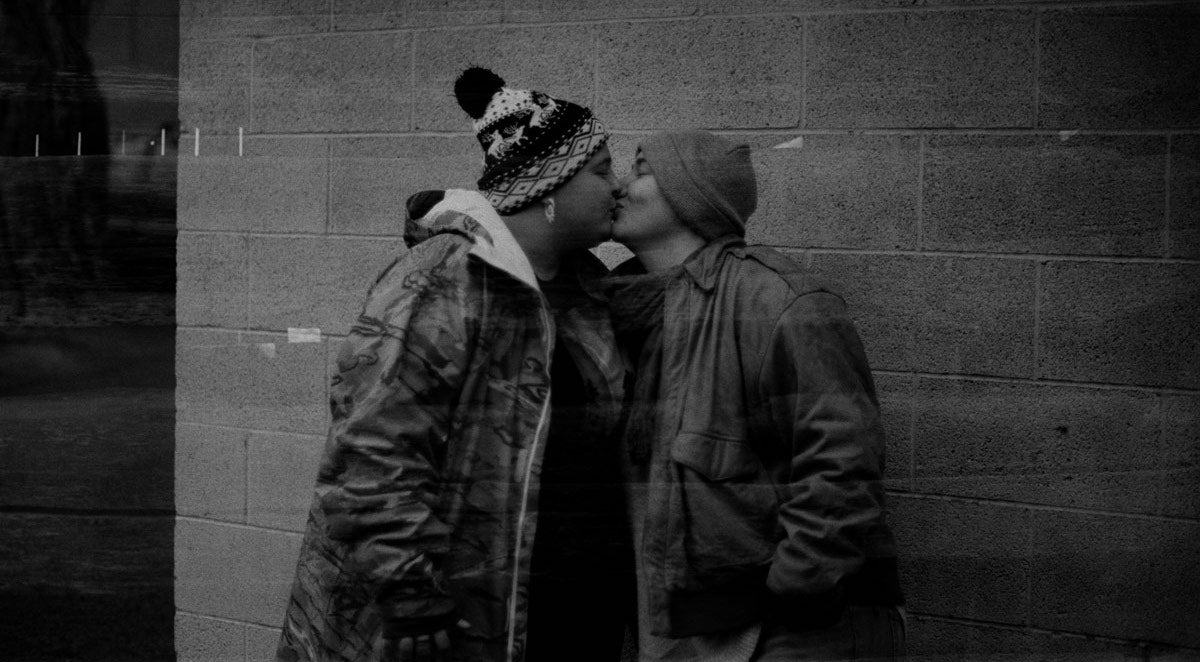
Kris (left) and his girlfriend, Zella, January 2019. Photo by Meg Elizabeth Ward.
For Kris and me, a ten-year age gap meantradically different experiences as queer youth in our rural county.
The town of Alderson, West Virginia, is split by a smooth brown river that straddles the county line and winds between Muddy Creek and Flat Mountain to create the Greenbrier Valley. On an unseasonably warm afternoon in the middle of November 2015, I drove over the bridge and into the Monroe County half of town. Take the first left over the railroad tracks,the directions said, then something about the third house down on the right. I hadn’t read the message very carefully—this was, after all, my hometown, a community of around a thousand people, the place where my parents met, the place where I spent nearly every day of my life until I was seventeen. I knew this town inside and out, I thought, but then again I hadn’t lived here for twelve years.
I drove past the filigreed façades of empty buildings, relics from the timber boom a hundred years ago, and up over the railroad tracks, but there were no houses here, just an abandoned hardware store and laundromat. I got out of my car and peeked around the back of the four-story brick building; nothing there but a cluster of skinny black cats. I felt the foolishness of this moment settle sickly in my stomach. Lost in Alderson—a completely improbable situation. What am I doing here anyhow? I watched one of the black cats bat at its reflection in a gasoline-rainbowed puddle. It was a question I’d been asking myself more often than I liked since moving back to West Virginia.

